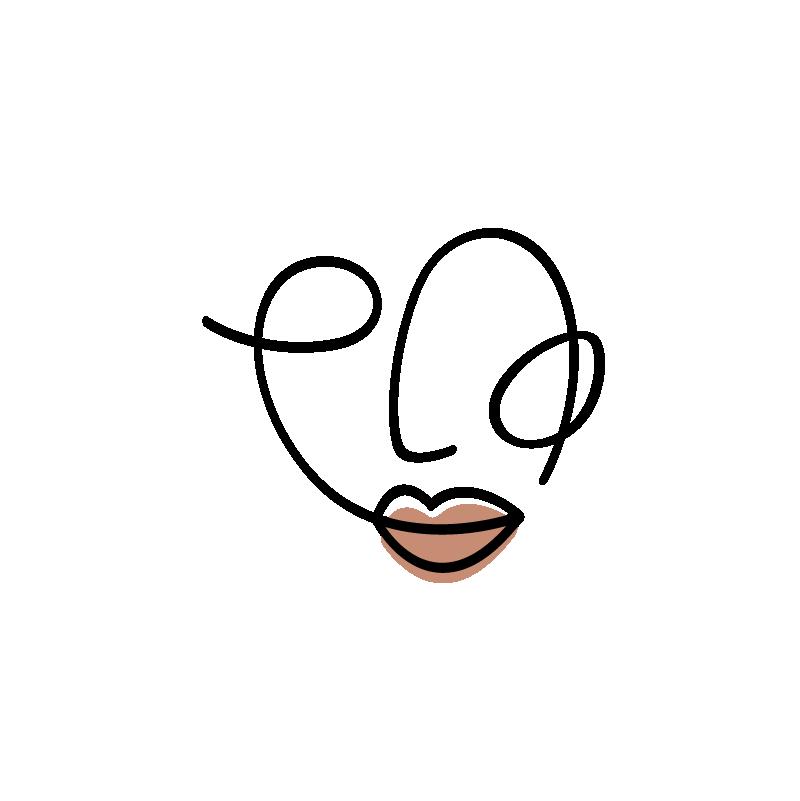Makeup for Mature Skin: Ageless Techniques to Flatter Every Age
Aging is a beautiful process that provides wisdom, confidence, and a clearer sense of self. However, just as our skin changes with time, so does our cosmetic routines. What worked for us in our 20s and 30s may not suit us as well decades later, and that's just fine. Mature skin requires meticulous care, including products and practices that complement rather than mask, and enlighten rather than exaggerate. Whether you're in your 40s, 60s, or older, this guide will help you navigate the world of cosmetics with ease, grace, and radiance.
Understanding Mature Skin
Before getting into makeup procedures, it's crucial to grasp the differences between mature and youthful skin. Our skin naturally loses collagen and elasticity over time, resulting in fine lines, deeper wrinkles, and reduced volume and firmness. The skin may become drier, thinner, and more sensitive. Hyperpigmentation, sun spots, and uneven texture may all appear.
These do not make your skin any less beautiful; they simply require a change in how you care for it and apply makeup. The key is hydration, gentleness, and a light touch.
The Power of Prep: Skincare First
Makeup will look best on a well-prepared canvas. Hydration and nourishment are essential for aged skin. Start with a mild, non-stripping cleanser. Follow with a moisturising serum containing ingredients such as hyaluronic acid, peptides, or vitamin C, which plump the skin and even out tone.
Moisturizer is an absolute necessity. Choose a thick, emollient cream that moisturizes and softens fine wrinkles. To prevent the skin from further sun damage during the day, apply a lightweight sunscreen. When you're getting ready for makeup, let each layer of skincare penetrate completely before adding your base.
Primer: A Secret Weapon.
Most makeup artists recommend primer for aged skin, and for good reason. A excellent primer will fill up fine wrinkles, smooth the surface, and increase the longevity of your makeup. To prevent a dull or cakey finish, use a nourishing or brightening solution. Silicone-based primers soften texture, but if you have sensitive skin, always test on a small area first.
Foundation: Less is More.
When it comes to foundation, mature skin benefits from lightweight, buildable coverage. Full-coverage, thick formulations soak into lines, emphasizing texture. Instead, search for hydrating or serum-infused foundations that have a radiant finish. These solutions give the skin a young glow without making it glossy.
Apply foundation in small layers with a damp makeup sponge or fingers, aiming to balance out skin tone rather than concealing flaws. If you need extra coverage, use spot concealer instead of layering.
Tinted moisturizers or BB creams are also suitable for aged skin, as they provide mild coverage while simultaneously providing skincare advantages.
Concealer: Strategic Application.
Concealer should be used sparingly and strategically. With age, the under-eye skin becomes drier and more sensitive, and heavy concealer emphasizes fine lines. Choose a creamy, hydrating concealer and apply it sparingly to the inner corners of the eyes and any dark circles.
Blend lightly with a finger or damp sponge, resisting the need to use too much. If required, set softly with a finely milled, translucent powder, focusing exclusively on crease-prone areas.
Blush: The Instant Brightener
As we age, our cheeks lose their natural hue. This is why blush is extremely anti-aging on older skin: it instantly revitalizes and warms the complexion. Cream blushes also work well here because they blend effortlessly into the skin and do not leave a dry, powdered residue.
Apply blush slightly higher on the cheekbones (but not too close to the nose or mouth), then blend upwards to elevate the face. Peachy, rosy colors complement most skin tones and appear particularly fresh and youthful.
Bronzer and Contour: Light and Luminous
Contouring can still be done on aging skin, but avoid excessive shaping. Instead of harsh lines, apply a gentle bronzer to create warmth and subtle definition. To delicately contour the face, focus on the face's borders, under the cheekbones, and around the jawline.
Cream or liquid bronzers are gentler on aged skin, leaving a natural finish that doesn't settle into fine lines.
Eyes: soft, lifted, and defined
Eyeshadow can still be fun and captivating at any age; all you have to do is choose formulas and colours that highlight your eyes without highlighting texture.
Begin with an eye primer to smooth out the lids and prevent creasing. Apply matte or satin-finish shadows, which are less likely to highlight crepey skin. Shimmer is okay to use, but apply it to the inner corner or center of the lid for a subtle shine.
Neutral colors such as taupe, warm browns, mauves, and soft plums are ideal for definition. Use a mid-tone shade in the crease to provide depth and lift, then lightly blend a lighter shade across the lid. Avoid extremely dark or sharp lines that draw the attention downward. Our palette, Nana Stay has the perfect shades for this look.
For eyeliner, use a soft pencil or eyeshadow in an angled brush. Smudge it slightly for a softer look. Skip the heavy black liner and instead opt for brown, charcoal, or navy for a softer look.
Curl your lashes and apply mascara to help the eyes look more open. If smudging is a problem for you, consider tubing mascaras that will not flake or transfer.
Eyebrows: Framing the Face
Brows thin out over the years, but a defined brow can make such a big difference in lifting and framing the face. Fill in sparse areas with a brow pencil, powder, or tinted gel with light, feathery strokes that mimic individual hairs.
Limit yourself to a shade or two lighter than dark hair or a shade darker than blonde. Avoid having drawn-on or sharp brows; a softer, fuller brow shape is much more attractive.
Lips: Hydrate and Define
As you age, your lips may lose volume or shape, but you can bring them back to their former softness and form. Use a lip scrub to lightly exfoliate your lips, and then apply a hydrating balm.
Your best friend is a lip liner. Discreetly outline the lip line with them and prevent feathering. Select moisturizing, creamy lipsticks or tinted balms instead of matte ones, which can be drying and cause wrinkles to appear. Warm nudes, rosy pinks, berry hues, and soft corals all have a fresh, attractive appearance.
Gloss is back and can give the appearance of fullness. For a natural plumping effect, dab a tiny bit in the middle of the lips.
Setting and Finishing Touches
When applying powder to mature skin, use it lightly. Excessive use will highlight texture or cause the skin to become dry. If makeup needs to be set, use a translucent powder that has been refined and apply it only where necessary, usually under the eyes or the T-zone.
As a last step, a setting spray can be fantastic, particularly if it provides hydration or a dewy look. In order to keep the skin looking fresh all day, it melts the makeup into the skin.
Love Each Stage
The goal of makeup for aging skin is to embrace age rather than conceal it. At any age, cosmetics can enhance your natural beauty and make you glow with the correct application, materials, and attitude. Your face tells a story of comedy, love, strength, and life experiences. Allow your makeup to confidently and elegantly convey it.
After all, beauty does not age; rather, one matures along with it.




